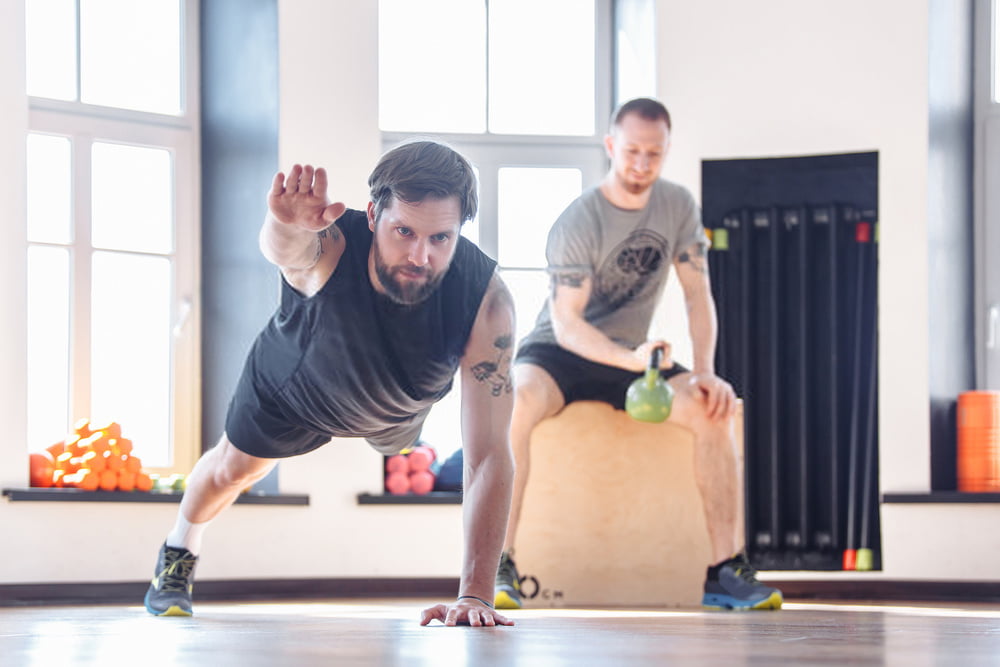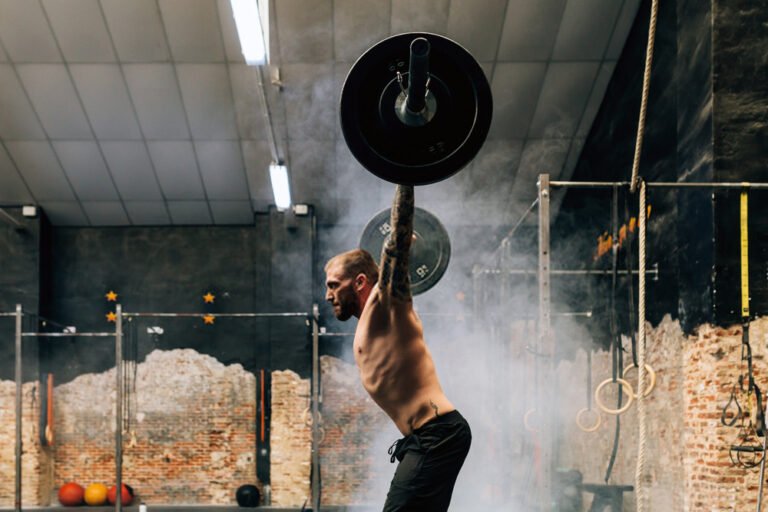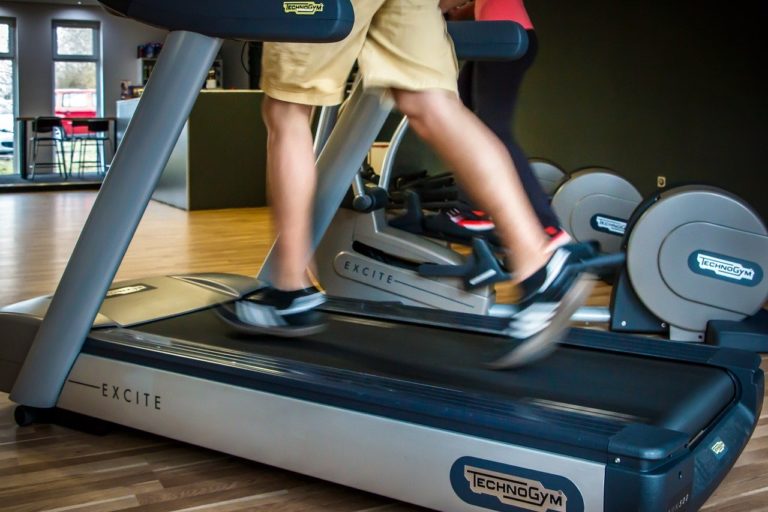How Long Is Piyo Strength Intervals?
Do you know about piyo strength interval? What are its benefits?
If you are not familiar with this exercise, don’t worry. It is a form of strength training that improves muscle size and development, bone density and bone thickness, aerobic capacity, energy expenditure, and reserves.
But what exactly is a piyo interval? And why is it considered so beneficial when it comes to your health? Let’s take a look.
All About piyo strength intervals
The word “interval” refers to the sequence of repetitions and rest periods during a specific workout program.

Piyo Strength Intervals are a form of bodyweight strength training designed to help in fat burning and build muscle effectively, without leaving you feeling tired or sore.
These exercises are all done using just one's entire body weight and include everything from jumping jacks to burpees, squats, lunges, planks, pushups. The name "piyo" is an acronym that stands for the four basic moves: pushups, interspersed with pull-ups, and yoga poses.
These exercises can be performed at any time and place, making them great for individuals who travel often.
During a piyo interval, the exerciser performs a certain number of repetitions of each exercise alternatingly.
In between each set, the exerciser rests for a certain period. Ideally, a piyo interval should last for about three minutes and consist of 25 or 50 repetitions of each movement pattern.
The ideal piyo intensity level is between 5 and 8 on a scale from 1 to 10. It means that training sessions should include as many sets as possible with as little rest in between sets as possible.
Piyo strength interval workouts Breakdown:
Here is the breakdown of PiYo strength interval movements.
PUSHUPS
Hold the bars or handles of a pushup apparatus or hold onto something stable and vertical:

- Lower your body to the ground, bending at the elbows and knees.
- Push yourself up until your arms are straight again, either by holding your position for some time if you’re doing an assisted pushup or simply by returning to a full pushup position.
- Lower yourself back to the floor.
PULL-UPS
Place your feet on the ground and grasp something stable and high enough so that you can place your hands at shoulder level. Let go with one hand and reposition it onto the bar or handle.
Next, pull down, either by holding your position when you are low or by moving directly into a full pull-up position.
Then, move back to a full pushup position, allowing your body to return to the floor without using momentum.
PLYOMETRICS PUSHUPS
Begin in a pushup position and rapidly add height to each of these movements, either by locking elbows slightly above 90 degrees or raising arms overhead.
YOGA POSES
Start in the position you want to hold for as long as possible to perform a yoga pose. For example, if you’re holding the plow for three minutes, you can start in the plow pose and slowly move into the plow.
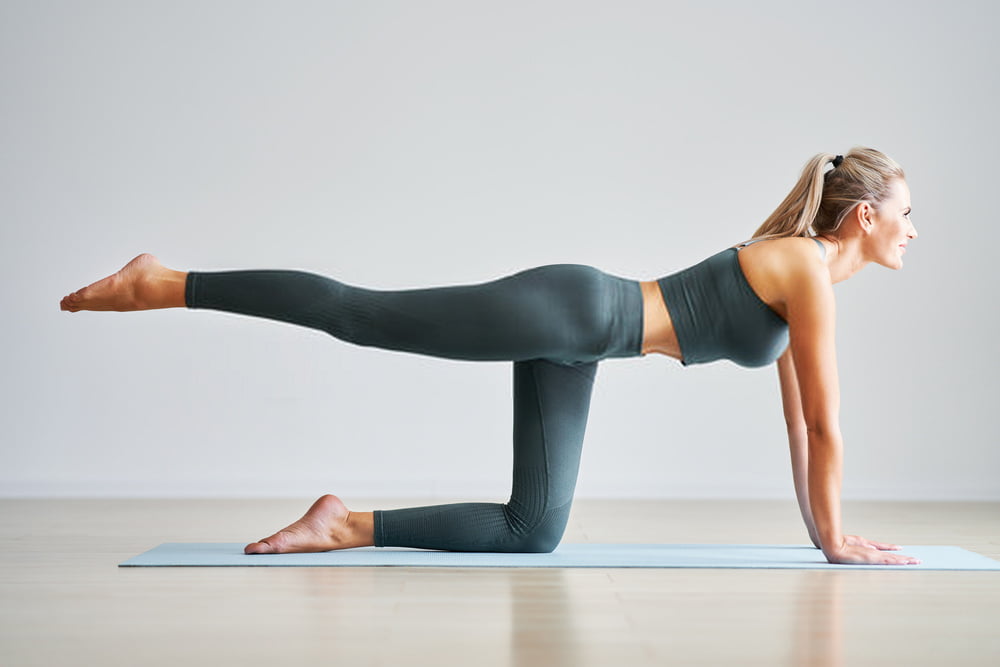
Then hold the pose for as long as possible. When it comes to yoga poses, there are a few options that include reverse warrior and pike forward. These positions will lead to a different outcome depending on your specific situation and goals.
This exercise increases muscle mass explicitly, improves general strength and endurance, increases flexibility, promotes cardiovascular health through aerobic exercise, and improves bone density by strengthening bones.
Studies have also shown that these exercises can help you avoid or delay osteoporosis, a condition where bones become so fragile that they easily break.
All in all, the piyo strength interval training program is designed to allow individuals of any age and from all walks of life to increase strength and mobility significantly. As long as a person has the decent body control and is willing to engage in this type of exercise, they will see significant benefits.
Be sure to include multiple sets of these exercises during each workout program. Since it takes so long to do one set of the entire series, it's recommended that you do 50 repetitions of each movement pattern with little rest in between each set.
How long is piyo strength intervals?
Generally, the piyo program aims to work with each muscle group at least once every two to three weeks, although most people consider that ideal.
The program includes different and complex bodyweight exercises that you need to perform at least three days per week.
For the first few months of practising this type of exercise, it will take you quite a while to get used to the new routine, which is why it’s advised not to skip a session.
Simply doing a series of pushups and pull-ups every day will not do much for you if you do not do it in a particular way. However, several things can help you out when practising this exercise.
First, make sure that you do the activities according to your level of physical conditioning. If you find yourself getting tired quickly or your muscles get sore too soon, that's a good indicator that you need to change up your routine a little.
Moreover, you should never put too much strain on your joints, and you should never feel pain when engaging in this type of exercise. If you feel discomfort or if you experience pain, stop immediately.
The idea is to get your heart rate up and to work a little bit more than usual, but not so much that you end up seriously injuring yourself and having to take time off of the program.
For individuals just starting with this program, it's recommended to practice once per day for about 15 minutes each day for about two weeks.
It will help them get used to the endurance workout routine before moving forward. For those more advanced, it’s recommended to practice the exercises for 30 to 60 minutes per day.
How many piyo strength sessions should I do?
Some people spend an entire month doing piyo strength interval training, and some do as few as three times a week. In general, you should never try to do too much. It is especially true for beginners because you’ll injure yourself and take time off the program if you push yourself too far too quickly.
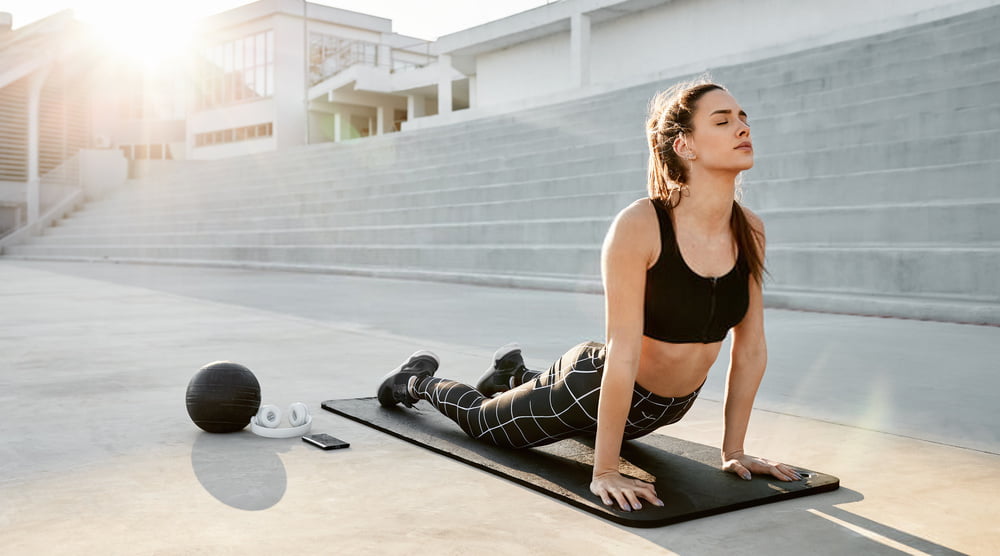
Some individuals will feel incredible after coming off of the program, while others will have difficulty getting back into shape with so little time spent exercising each day.
Although you'll likely see some changes after doing piyo strength interval training for just a few weeks, the most noticeable changes will occur over several months.
In addition to performing this type of exercise every day, you should also be sure to eat right. You’ll want to increase your protein intake and ensure that you’re eating enough calories each day.
In addition, it’s essential to drink plenty of water to aid the body in flushing out impurities and wastes. However, be sure not to drink too much water, as it will lead to dehydration and a loss of nutrients from your body.
The piyo high-impact workout includes beginners, intermediate and advanced individuals. To help you better understand what each level involves and what is expected of you, we will discuss the levels individually and provide examples of exercises specific to each level.
First, let's discuss the piyo basic strength routine. It is the most basic routine and includes pushups, pull-ups, squats, and lunges. These exercises help to improve your overall strength and endurance while improving your flexibility in the shoulders and hips.
This level is generally for those who have little to no exercise experience or just starting with exercise.
If you fall into this category, we recommend starting with a maximum of three sets for each activity and no more than 20 repetitions per set, although this will change as you get stronger and more fit.
The piyo intermediate strength program is for those exercising for a while and ready to incorporate new exercises into their routine.
Experienced exercisers and individuals who have only just begun their strength training experience can use this entire program.
The activities at this level are considered more complex than those at the primary level, but they should not be too difficult to perform.
The program includes pull-ups, pushups, handstands, and one-legged squats. In general, these exercises are meant to improve the overall strength of your core and upper body muscles.
If you fall into this category, we recommend performing three sets per exercise with no more than 15 repetitions per set.
Finally, for those who are more advanced and want to increase their strength even further, there is the piyo advanced strength routine.
This routine includes dips, wall walks, pike pushups, and clap pushups. In general, these exercises help to improve your overall upper body, muscular endurance and strength. Again, if you fall into this category, we recommend doing three sets of each exercise with no more than ten repetitions per set.
In addition to these routines, there are several others that you can follow as well. For example, the piyo basic program includes a series of bodyweight routines for both women and men.
Each routine consists of three exercises that help to improve your strength, endurance, and fitness.
These routines include a warm-up and a cool-down phase and plenty of activities. For example, the upper body strength routine improves your overall upper body muscular endurance and strength.
In contrast, the lower body program can improve your overall lower body muscular endurance and strength.
Before incorporating interval training into your favourite workout schedule, it’s a good idea to consult with a doctor or personal trainer to make sure that it’s safe for you to do.
How Many Days a Week Do You Do PiYo?
Some people do piyo exercises one day a week, and some people do them six days a week. Some individuals prefer to alternate their piyo days with other kinds of exercise, but in general, it’s not recommended.
You should consider your level of fitness and the amount of time you have available before deciding how many days a week you should be doing exercises like this.
Are Piyo Strength And Flexibility Exercises Done On The Same Day?
Some individuals perform piyo strength exercises on Monday, Tuesday, and Thursday, while others perform them on other days. It’s best to choose a schedule that works for you and then try to stick with it as much as possible.
Are Piyo Strength And Flexibility Exercises Done Before Or After A Workout?
It doesn’t matter whether or not you do piyo strength and flexibility training exercises before or after your other body workout routines. In general, you need to do them conveniently for you to commit to the routine with consistency.

It's also essential for you to remember that there is no such thing as an ideal time during the day when you should be doing these types of exercises. You should choose a time that works for you and then stick with it.
Conclusion:
PiYo is a type of strength training that is very popular amongst people all around the country. So if you are looking for a fun workout, you should consider trying it out.
It's also easy to follow and help increase your fitness level without taking away from other areas of your life.
It offers a variety of exercises at different difficulty levels that can improve the strength, endurance and flexibility advantages in your body.
